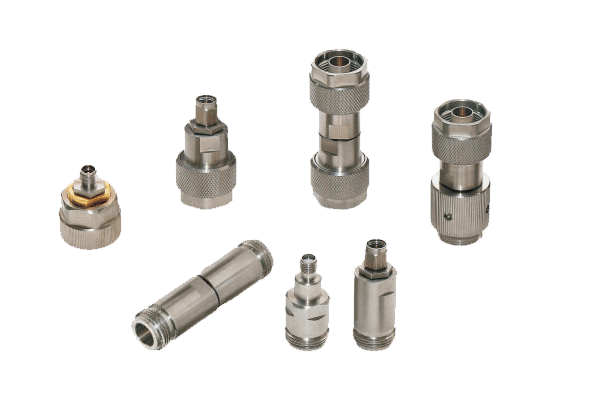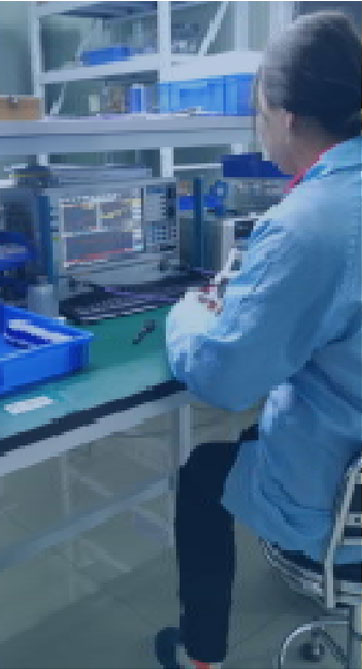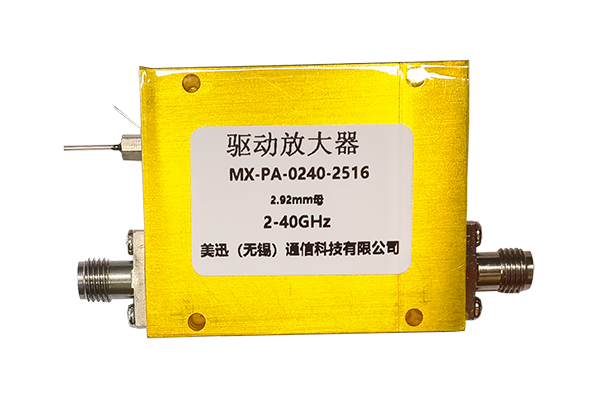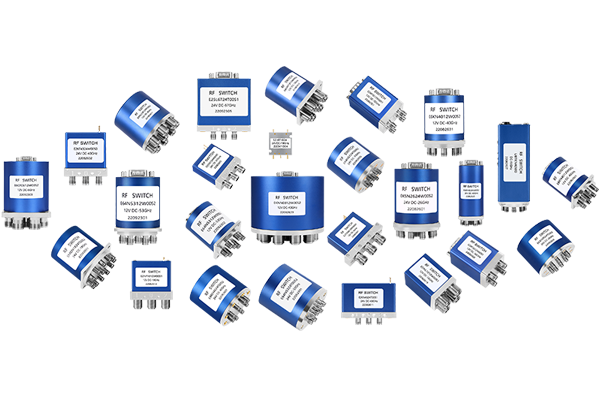
Pin diode components are considered indispensable in advanced RF applications because of their core operational properties Their fast toggling behavior plus small capacitance and reduced insertion loss renders them apt for use in switch modulator and attenuator circuits. The underlying principle of PIN diode switching involves controlling charge flow through the junction by biasing the device. Biasing the diode adjusts the depletion region size in the p-n junction, changing its conductive state. Bias adjustment yields effective PIN diode switching suitable for high-frequency use with limited distortion
Precise timing and control requirements often lead to the integration of PIN diodes into intricate circuit designs They are implemented in RF filtering schemes to enable selective frequency band passage or blockage. Their capability to tolerate high-power signals allows deployment in amplifiers power dividers and generator equipment. Smaller, more efficient PIN diodes have expanded their application scope in wireless communications and radar technologies
Performance Considerations for Coaxial Switch Engineering
Creating coaxial switches is a challenging task that demands consideration of a variety of technical parameters The performance is governed by the choice of switch type frequency operation and insertion loss properties. A good coaxial switch design aims to minimize insertion loss and maximize isolation across ports
Evaluation focuses on quantifying return loss insertion loss and interport isolation as major metrics. Measurements rely on simulation, theoretical models and experimental test setups. Accurate analysis is crucial to ensure reliable coaxial switch operation across systems
- Engineers use simulation software analytical calculations and experimental methods to evaluate coaxial switches
- Temperature, mismatched impedances and manufacturing variances often have strong effects on switch performance
- Novel developments and recent trends in coaxial switch design pursue performance gains alongside miniaturization and power savings
Low Noise Amplifier Optimization Methods
Refining the LNA for better performance efficiency and gain underpins superior signal fidelity in systems This calls for deliberate active device selection bias strategies and topological design choices. A strong LNA design reduces noise contribution and boosts signal amplification with minimal distortion. Simulation based analysis is critical to understand design impacts on LNA noise performance. Striving for a minimal Noise Figure assesses success in retaining signal power while limiting noise contribution
- Selecting devices that exhibit low intrinsic noise is a primary consideration
- Using appropriate optimal bias schemes is important to control transistor noise
- Circuit topology significantly influences overall noise performance
Implementing matching networks noise reduction strategies and feedback control enhances LNA outcomes
RF Routing Strategies with PIN Diode Switches

Pin diode switches provide a versatile and efficient approach for routing RF signals across applications These semiconductors can be rapidly switched on or off allowing dynamic path control. Key benefits include minimal insertion loss and strong isolation to limit signal deterioration during switching. Typical applications include antenna switching duplexing and RF phased arrays
Operation relies on changing the device resistance via applied control voltage to switch paths. When off the diode’s high resistance isolates and blocks the RF path. A controlled forward voltage lowers resistance and enables unimpeded RF signal flow
- Moreover PIN diode switches combine quick transitions low consumption and compact form factors
PIN diode switch networks can be configured in multiple architectures and designs to support complex routing tasks. Connecting several switches allows creation of dynamic matrices that support flexible signal path configurations
Coaxial Microwave Switch Assessment and Efficacy

Rigorous evaluation and testing of coaxial microwave switches are key to confirming dependable operation in electronics. A range of factors like insertion reflection transmission loss isolation switching rate and bandwidth affect switch performance. Detailed evaluation requires measuring these parameters across a range of operating and environmental test conditions
- Furthermore moreover additionally the evaluation should consider reliability robustness and durability plus the ability to tolerate harsh environmental stresses
- The end result of a solid evaluation produces essential valuable and critical data to support selection design and improvement of switches for defined applications
Thorough Review of Noise Reduction Methods for LNAs
Low noise amplifier designs are vital to RF wireless systems for amplifying weak signals and controlling noise. The review supplies a broad examination analysis and overview of methods to diminish noise in LNAs. We explore investigate and discuss principal noise contributors like thermal shot and flicker noise. We further consider noise matching feedback solutions and biasing best practices to lessen noise. The review highlights recent progress in LNA design including new semiconductor materials and circuit concepts that lower noise figures. Through detailed coverage of noise reduction principles and techniques the article aids researchers and engineers in crafting high performance RF systems
High Speed Switching Applications for PIN Diodes

They exhibit unique remarkable and exceptional features that render them ideal for high speed switching Their small capacitance and low resistance facilitate high speed switching suitable for accurate timing control. Also PIN diodes respond proportionally to voltage which allows controlled amplitude modulation and switching actions. Their versatility adaptability and flexibility position them as suitable applicable and appropriate for a wide array of high speed use cases Examples of deployment include optical communication systems microwave circuits and signal processing equipment and devices
IC Coaxial Switch and Circuit Switching Advances
Integrated circuit coaxial switch technology marks a significant advancement in signal routing processing and handling within electronic systems circuits and devices. These ICs control manage and direct coaxial signal flow providing high frequency capability with low latency propagation and insertion timing. Miniaturization through IC integration results in compact efficient reliable and robust designs fit for dense interfacing integration and connectivity scenarios
- By rigorously meticulously and carefully implementing these techniques practitioners can achieve LNAs with remarkable noise performance for sensitive reliable electronics With careful meticulous and rigorous execution of these strategies designers can obtain LNAs exhibiting excellent noise performance for sensitive reliable systems By meticulously carefully and rigorously applying these methods developers can produce LNAs with superior noise performance enabling sensitive reliable electronics With careful meticulous pin diode switch and rigorous deployment of these approaches developers can accomplish LNAs with outstanding noise performance enabling trustworthy sensitive electronics
- Applications cover telecommunications data networking and wireless communication systems
- Integration of coaxial switch ICs serves aerospace defense and industrial automation industries
- Application examples include consumer electronics audio video products and test measurement systems
Low Noise Amplifier Design for mmWave Systems

Millimeter wave LNA design must address elevated signal attenuation and stronger effects of intrinsic noise. At millimeter wave ranges parasitics dominate so meticulous layout and selection of components is essential. Controlling input match and achieving high power gain are critical essential and important requirements in mmWave LNA design. Choice of active devices such as HEMTs GaAs MESFETs or InP HBTs is crucial to reach low noise figures at mmWave. Additionally furthermore moreover careful design implementation and optimization of matching networks is vital for efficient power transfer and impedance matching. Managing package parasitics is required to avoid degradation in mmWave LNA operation. Choosing low-loss interconnects and sound ground plane designs is essential necessary and important to minimize reflections and maintain high bandwidth
PIN Diode RF Switching Characterization and Modeling
PIN diodes exist as key components elements and parts in several RF switching applications. Thorough precise and accurate characterization of these devices is essential for designing developing and optimizing reliable high performance circuits. Part of the process is analyzing evaluating and examining their electrical voltage current characteristics like resistance impedance and conductance. Their frequency response bandwidth tuning capabilities and switching speed latency or response time are likewise measured
Furthermore developing precise models simulations and representations for PIN diodes is crucial essential and vital to forecast performance in complex RF systems. A range of modeling approaches including lumped element distributed element and SPICE models are used. The choice of model simulation or representation hinges on the specific application requirements and the desired required expected accuracy
State of the Art Techniques for Low Noise Amplifier Design
LNA engineering calls for careful topology and component selection to meet stringent noise performance goals. New and emerging semiconductor advances have led to innovative groundbreaking sophisticated design techniques that lower noise substantially.
Among the techniques are utilizing implementing and employing wideband matching networks integrating low noise high intrinsic gain transistors and refining biasing schemes strategies and approaches. Further advanced packaging approaches together with thermal management methods play a vital role in minimizing external noise contributions. By carefully meticulously and rigorously applying these approaches designers can realize LNAs with outstanding noise performance enabling sensitive reliable electronic systems
